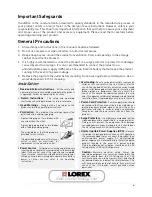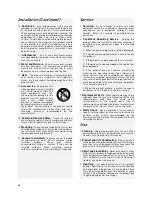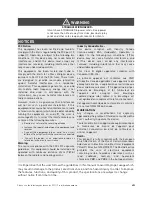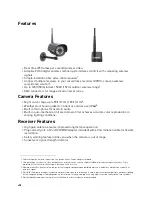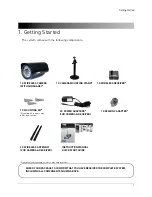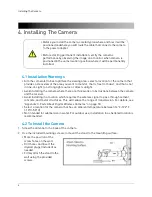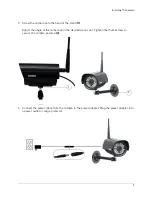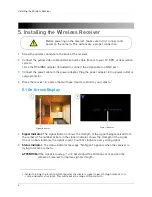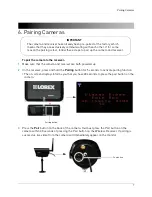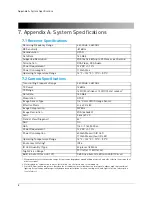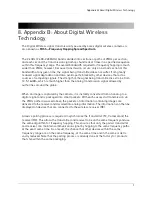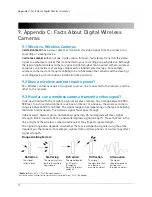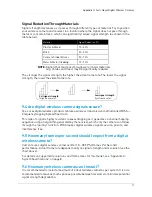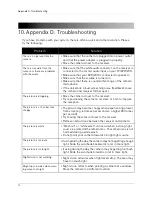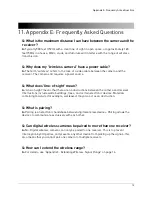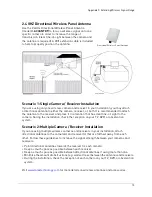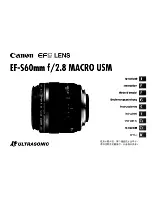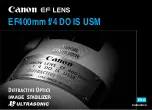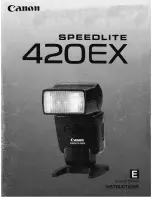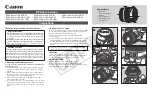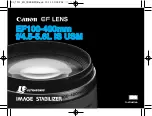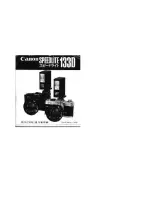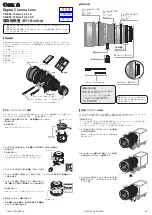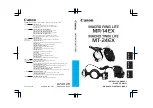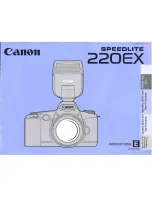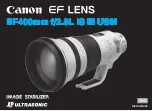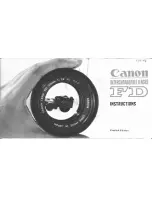
9
Appendix B: About Digital Wireless Technology
8. Appendix B: About Digital Wireless
Technology
The Digital Wireless signal transmission type used by Lorex digital wireless cameras is
also known as
FHSS—Frequency Hopping Spread Spectrum
.
The 2.4GHz (2.400-2.480GHz) band is divided into sections or paths of 2MHz per section,
and each second, the transmission signal hops hundreds of times in a specified sequence
within this frequency range. The overall bandwidth required for frequency hopping is much
wider than 2MHz; however, because transmission occurs only on a small section of this
bandwidth at any given time, the signal being transmitted does not suffer from greatly
reduced signal degradation and also avoids paths blocked by other devices that act as
sources of competing signals. The strength of the signal being transmitted is set to be from
13.5-16dBm, which is much higher than the analog transmission signal allowed by
authorities around the globe.
When an image is captured by the camera, it is instantly converted from an analog to a
digital signal and is packaged into small packets. With each successful transmission via
the 2MHz paths discussed above, the packets of information containing images are
delivered to the receiver and decoded into analog information. The information can then be
displayed on devices that are connected to the wireless receiver (RX).
A device pairing process is required to synchronize the transmitter (TX, Camera) and the
receiver (RX). This allows the transmitter and receiver to be on the same frequency and use
the same algorithm for frequency hopping. This ensures that only the paired transmitter
and receiver can maintain communication signal by hopping to the same frequency paths
at the exact same time. As a result, the chance that other devices within the same
frequency range are on the same frequency, at the same time and in the same order is
vastly reduced. Note that the pairing process is already done at the factory for products
that ship within the same packaging.

